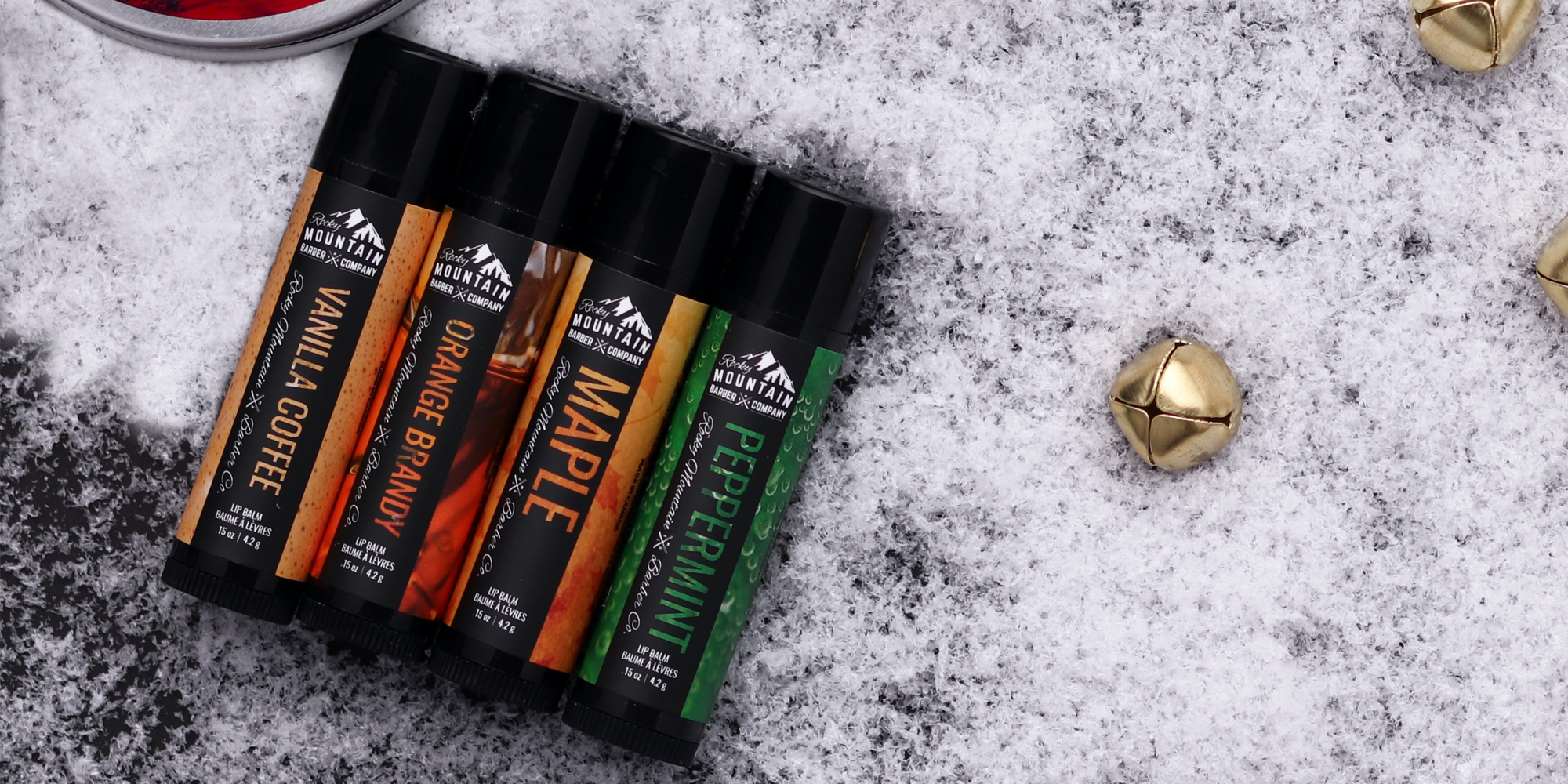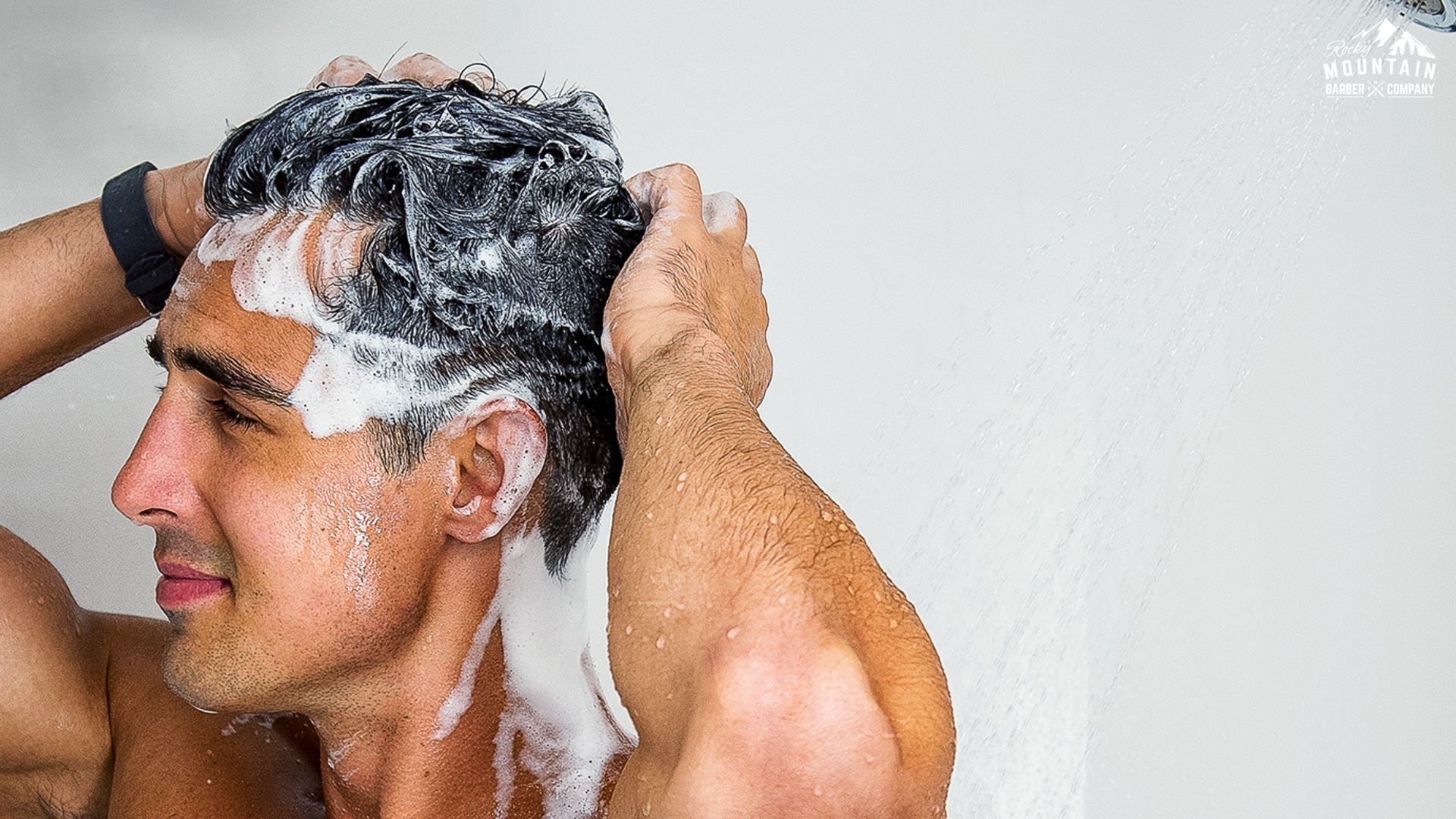If guiding your barber was easy, nobody would ever do the walk of hair shame. But some guys are lucky; their barber is their personal therapist, buddy and hair whisperer.
Unfortunately, not every gent has this luxury. For those who’ve ever seen Vinny’s infamous haircut “tragedy” on Jersey Shore Family Vacation, you’ll understand the grief— even if overdramatized. Yet, that hack job of a haircut provides a valuable lesson for us: the art of communicating with your barber.
Speaking your barber’s language is a special skill. To make sure you never suffer a bad haircut, we’ll review exactly how to tell your barber what you want.
Your manner
For starters, know that barbers tend to be sensitive. They’re artists, after all. So, if you act like a picky know-it-all, you might annoy your barber. And it’s unwise to vex the guy holding the trimmer...
To illustrate this point, we’ll return to Vinny’s mistake. When he enters the barber shop in Miami, he fails to leave his ego at the door (as usual). During the briefing stage, he anxiously stands one inch from the mirror, discussing his hair as if it’s some holy relic. Relax buddy. This arrogance won’t establish a good rapport with your barber.
Make sure to be friendly and positive, even if you’re nervous. These good vibes set the tone for flowing communication.
The briefing stage
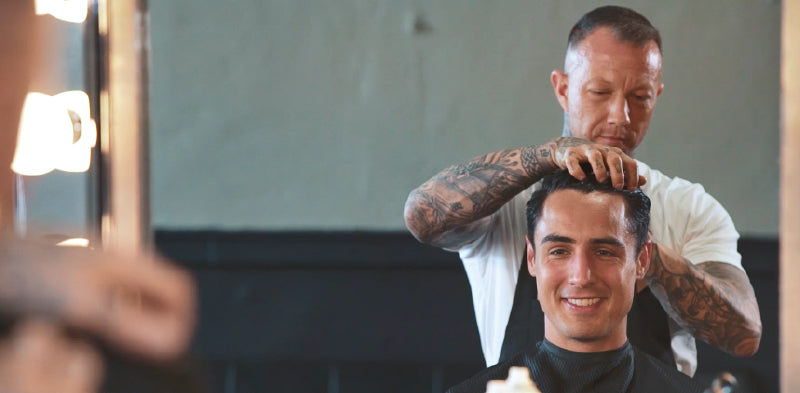
Telling your barber what you want comes down to four basic instructions: length, texture, sides and neck area.
These instructions may vary according to specific details, like how you part your hair or your preference for a line up. But essentially, these points will guide the basics of your haircut.
Length
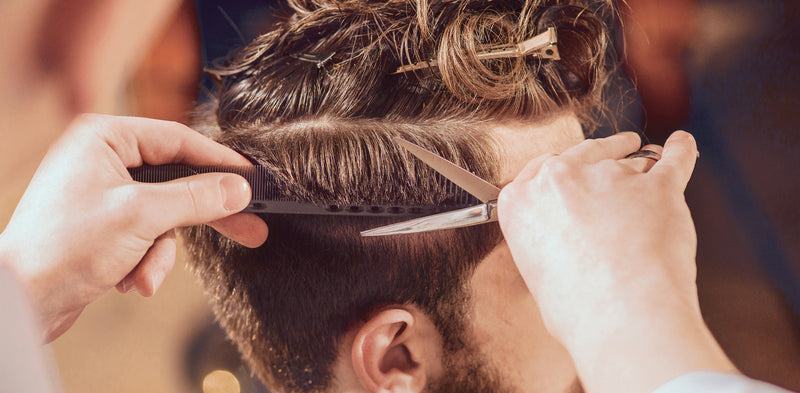
Getting the right length at the top is crucial to being a satisfied customer. Too short, and your confidence is on standby until your hair grows back, and too long means you feel cheated.
Be specific about how many inches you want cut or indicate the amount with your fingers. If you’re going short, it helps to be familiar with the clipper guard numbers. If you prefer to leave more length, it’s best to ask for a quarter inch shorter than your ideal growth stage.
This approach lets you extend the wear time of your haircut, letting it grow into your perfect length within a few weeks. The idea is to avoid the need for frequent visits to your barber— unless you’re a serious diva who MUST maintain his optimal length at all times. If so, kudos to you.
Texture
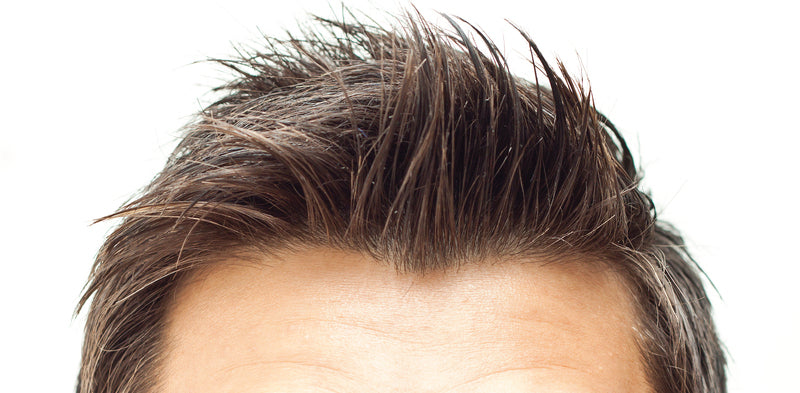
When we talk about texture, we’re referring to the technique of your haircut. Depending on your style, whether it’s a messy crew cut or a slicked-back look, your hair must be treated in a special way to achieve the right flow.
Since everyone’s hair has its own unique qualities, like cowlicks and thickness, you should make sure your hair type works with the style you want. If you’ve got thick, curly hair and you’re looking for fohawk, you might have trouble taming your hair into place. So when you’re experimenting with something new, ask your barber if you’re able to rock your vision. Otherwise, you might have hair maintenance problems at home.
Take Cristiano Renaldo, for example. He’s a wavy-haired dude who force-gels his combover into a stiff mound. You could imagine the catastrophes his bed head. Lesson here is to choose a style that works with your hair’s natural texture.
Here are some keywords to use when discussing texture with your barber.
Spiky or wispy
For this technique, the barber cuts your hair at varying lengths to achieve the look of movement and volume. It’s great for expressive haircuts that are shaggy or messy.
Sliced
To lighten thick hair, the barber will use thinning shears to slice away the weight from the tips. The resulting texture appears more soft and wispy.
Layers
Layering is a technique that trims each section of hair at varying lengths, causing them to fall at different points. This cut creates the appearance of thicker, more dynamic hair.
Razored
When going extra short, usually along the sides, the clipper gives you that razored-down effect for a clean fade. You can also get a razored side part for a sharp separation line.
The sides

Here’s where guys tend to get picky. When talking about the sides, you’re focusing on the length and fading technique. This feature is highly individualized because each variation can draw attention to different facial features, while also distracting from your less-favourite ones.
The fade
A fade is the extent to which your hair disappears along the sides. There are three main versions with slight variations in-between: a high fade, mid fade and low fade.
A high fade is when the hair length is buzzed down at temples, transitioning into a buzz cut toward the neck. A mid fade begins at the center of the sides before it graduates to a shorter length. Finally a low fade starts just above the ears, giving you a more subtle effect.
Modern fades
Not all fades are so textbook. There’s some modern variations to help individualize your look. Prepare to bing your A-game communication skills to tell your barber what you want.
Drop fade
This type of fade transitions in a spiral style around the ear. Unlike the standard versions that disappear downward horizontally, the drop follows a semi-circular format.
Tapered fade
Meant for long hairstyles, a taper fade is when the barber blends the top length into the neckline. The fade starts around the temples and is combined with a razor-sharp line up, creating a more polished look.
Skin fade
A skin fade blends the sides down to a level 0. It’s a young, trendy version that creates a sleek finish.
The neck area

Cleaning up the back of your neck is like your car detailing to a great haircut. And yes, these details matter. There are three different neckline styles: rounded, blocked or tapered. Choosing the right one makes a surprising difference to the overall impression of your cut.
Round neckline
For a softer finish, a rounded neckline removes the corners for a scooped effect. It gives the illusion of a narrower neck.
Blocked neckline
Need more stature? A blocked neckline creates sharper corners which widens the appearance of your neck. The only downside is that they don’t grow out so neatly.
Tapered neckline
As the most natural-looking neckline, the tapered version cleans up the back by following your growth pattern. This version is easier to maintain since it stays neat while growing out.
Add these hair terms to your vocab. Learn them and live them. When you’re confident about your hairstyle goals, you’ll be a pro at telling your barber what you want.

Found the perfect haircut, but still looking for the perfect hair product?
Read our guide to understanding men's hair products, or click on the link below to learn more about each of our hair products.




